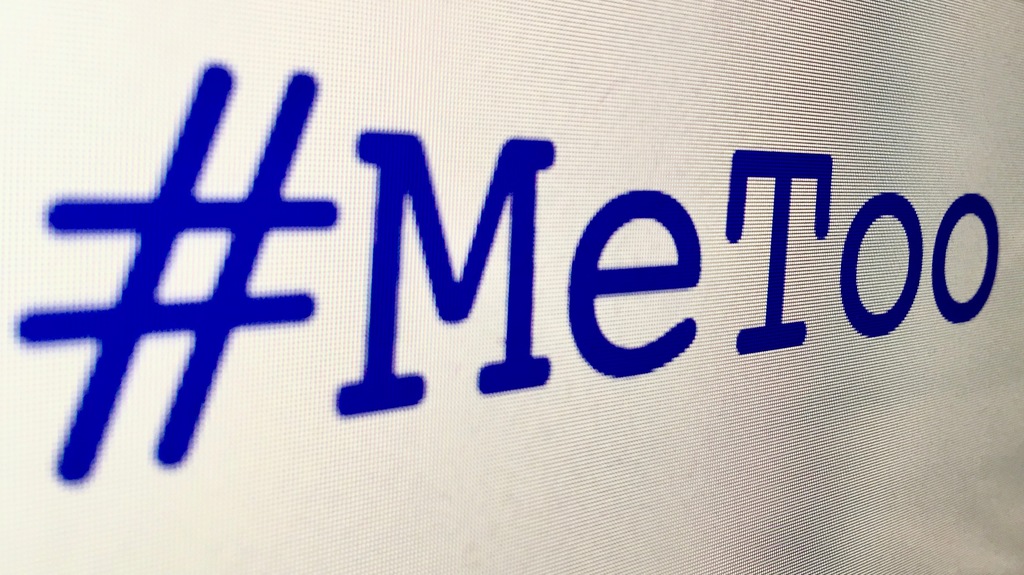
 |
Mark Sennett
Managing Editor |
 |
Kelly Rose
Editor |
| Home> | Health & Wellbeing | >General Health & Wellbeing | >Legal spotlight - October 2018 |
| Home> | Health & Wellbeing | >Stress Management | >Legal spotlight - October 2018 |
Legal spotlight - October 2018
12 October 2018
Sexual harassment is a health and safety issue and claims need to be a concern for employers as can they put the company's reputation on the line, says Kevin Bridges.

EMPLOYERS HAVE had to sit up and take notice as the campaigns against sexual harassment - #MeToo and #Timesup - have gone viral on social media and in the mainstream press. They have caused real concern for employers, who have been forced to challenge themselves as to whether this type of behaviour is prevalent in their businesses, and to consider whether they have taken effective steps to address it by training employees and bringing policies to life.
The employment law implications are clear - employers have a duty to protect their employees from harassment as framed in the Equality Act 2010. Claims of harassment are routinely presented in the Employment Tribunal. There is also potential for civil court claims which we don't have scope to go in to here, and while we have referred to sexual harassment as the focus here, the context is much wider, and includes behaviours related to other protected characteristics, as well as to other bullying-type behaviour.
It is an area that presents substantial risk for business, not least in terms of internal and external PR, but also in failing to prevent harm to employees, and in the potentially high uncapped compensation that can be awarded. Although this issue often falls squarely within the remit of Human Resources, in reality it's not just an HR issue. Health and safety also has a role to play.
Recognising this, the Health and Safety Executive (HSE) committed to a joint European Union social partner agreement back in 2013, on Preventing Workplace Harassment and Violence, with the introduction stating: "Harassment and violence against workers … breaches ethical standards, as well as affecting the physical and psychological health of those affected". Clearly, this was well ahead of #MeToo hitting the headlines. Additional guidance was issued by the HSE in 2017 in the form of FAQs on work-related violence, and the HSE website has a whole section dealing with violence as a topic.
However, five years on from that HSE publication, we are seeing the fallout where the issue has not been properly addressed. The Parliamentary Committee on Women and Equalities reported in July that harassing behaviours are "widespread and commonplace" citing statistics that 40% of women and 18% of men have experienced unwanted sexual behaviour at work.
While of course harassment doesn’t always include an element of physical violence, the definition under the Equality Act states: ‘Unwanted conduct, which has the purpose or effect of violating an individual’s dignity or creating an intimidating, hostile, degrading, humiliating or offensive environment for that individual
encompasses a wide range of behaviours’. Cases meeting the legal definition can range from minor to major physical or verbal abuse or other harassing behaviours such as "sending someone to Coventry". This type of behaviour is also commonly seen in bullying cases; the principal difference from harassment claims being that the bullying isn't related to any protected characteristic.
One of the most common reactions we see in claims presented by employees is that the victims report that they have suffered from stress as a result of the harassing behaviours – again that neatly brings in health and safety implications and should factor into consideration of mental health and wellbeing strategies.
The Equality and Human Rights Commission's report from earlier this year, Turning the tables: ending sexual harassment at work, makes a number of recommendations in the context of sexual harassment. One of these is that the UK Government should "introduce a mandatory duty on employers to take reasonable steps to protect workers from harassment and victimisation in the workplace". This is a proposed reversal of the current reasonable steps defence, through which an employer may avoid liability for harassment claims if it can demonstrate that it took all reasonable steps to prevent the act of harassment from taking place.
Health and safety professionals are familiar with this type of statutory duty and have a lot to offer by working in partnership with HR (and all teams in a business including senior management) to minimise the potential damage to employees and the business.
Kevin Bridges is a partner and head of health and safety at Pinsent Masons. For more information, visit www.pinsentmasons.com
References
- www.hse.gov.uk/violence/preventing-workplace-harassment.pdf
- www.hse.gov.uk/violence/toolkit/faqs.htm
- www.parliament.uk/business/committees/committees-a-z/commons-select/women-and-equalities-committee/news-parliament-2017/sexual-harassment-workplace-report-published-17-19/
- www.equalityhumanrights.com/en/publication-download/turning-tables-ending-sexual-harassment-work
- BSIF: Covid-19 Update
- Dust tight
- SAFEContractor for 5th year
- BSC welcomes proposals to slash legal costs in personal injury claims
- Get some insight
- Asbestos remains number one killer
- Chemical exposure course goes more than skin deep
- Learn to recognise and manage stress
- Getting workers involved in safety
- Dual drug testing























